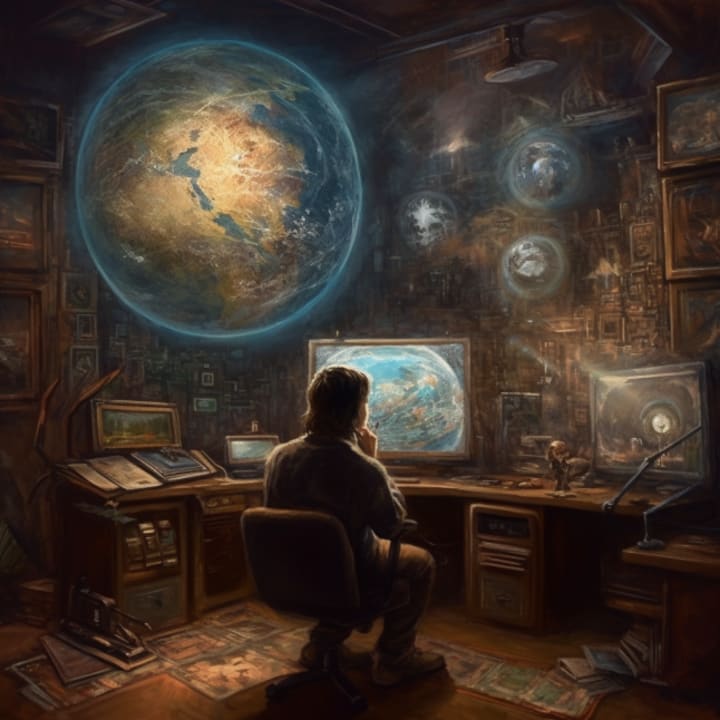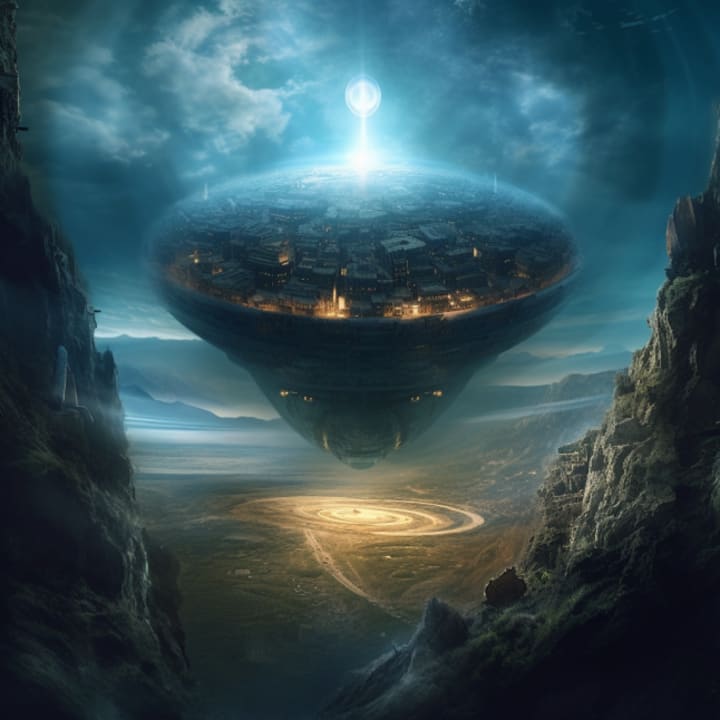The Declassified Remote Viewing Files
Unclassified Documents "AI summarized" so we can make sense of it.

June 18, 1998 CIA-RDP96-00788R001100110007-2
The document refers to an evaluation of the operational capability of Psi (Psychic) or Remote Viewing within intelligence operations. Remote viewing involves perceiving places, objects, and events remotely through psychic means, and has been employed in intelligence gathering activities.
Several points are raised:
Since the Department of Defense (DoD) started supporting psi research in 1972, multiple attempts have been made to use remote viewing for intelligence purposes. The Defense Intelligence Agency (DIA) has tasked SRI International, a research institute, to gather intelligence on real events. Additionally, the U.S. Army has an "operational unit" at Fort Meade that responded to many intelligence requests.
The document raises concerns about how to transition from a research program to an operational capability. It notes that operational tasks often require search remote viewing (where is the object), while most research has focused on site remote viewing (what is at this location).
The document criticizes the current state of operational remote viewing, saying that it provides a facade of capability that doesn't exist. It mentions that the urgency of certain situations (e.g., Beirut hostages) has driven the use of psi abilities, but there's often insufficient research backing.
Two operational groups are mentioned: a diffuse group associated with SRI, and an Army unit at Ft. Meade. The SRI group is described as scattered, with no dedicated facilities or stable funding. The Army group is criticized for lacking proper selection criteria and research-based training, and for having limited understanding of psi phenomena.
To establish a successful operational unit, a series of research problems must be solved, including: selection of individuals with psi aptitude, provision of a validated training program, development of methods for extracting and presenting data, and creation of a system for evaluating and storing data.
The document also discusses the need for better understanding of the types of problems that can be addressed with remote viewing and the importance of properly training the remote viewers with intelligence training.
Lastly, it brings up the necessity of a central control for managing all requests and data produced, emphasizing the importance of problem selection for a successful operational.
CIA-RDP96-00788R002000230005-1October 29, 1980
This document from the CIA's STARGATE collection, dated October 29, 1980, discusses experiments related to "Remote Perturbation" phenomena, also known as telekinesis or psychokinesis. These are reported accounts of the ability to influence or perturb the outcome of an otherwise random event through mental processes alone.
Many of these accounts are derived from carefully staged tricks, but there have been a few instances of serious research by reputable investigators. The document refers to experiments in which the results may be expressed entirely in probabilistic terms. It is mentioned that even if one were to assume that there were ten unreported nonsignificant experiments for each reported significant one, the entire expanded data base would still show significant effects with odds against chance of better than 2000:1.
The report acknowledges certain challenges, including the lack of stability of the effects with one individual's Remote Perturbation effort and the possibility that some effects may be the result of normal and subtle electronic interference.
Two separate but technically identical experiments on random number generators were undertaken at SRI International and at the US Army Missile Command (MICOM), designed to replicate previous experiments under more rigorously controlled conditions. These experiments were aimed at validating the claims of having demonstrated the Remote Perturbation phenomenon. They do not confirm or refute the existence of RP phenomena, but the findings strongly indicate that further research is appropriate.
The total funding for these experiments was $400,000 and involved multiple personnel, including a project director, an electronic engineer, an oversight committee of three senior scientists/managers, and fifteen experimental subjects. The experiments began in FY 79, with the contract for the SRI experiment becoming effective on June 2, 1979, and continuing for 14 months. The in-house experiment was expected to be completed by October 31, 1980.

CIA-RDP96-00791R000300040001-1July 6, 1995
The document is a transcript from the Central Intelligence Agency's STARGATE program, which was a federal initiative for researching extrasensory perception (ESP), specifically Remote Viewing (RV). The document was created on November 4, 2016, and released to the public on October 27, 1998, as part of the CIA's CREST (CIA Records Search Tool) archive.
The document primarily describes a process of evaluating the potential utility of remote viewing within the intelligence community. The evaluation is being conducted by the American Institutes for Research (AIR), under the direction of the CIA.
The process includes a review of completed remote viewing research and interviews with potential and actual users of remote viewing data within the Department of Defense and intelligence community. The objective is to determine if and how this type of information could be used, the value it might have, and how it could potentially enhance the work of the intelligence community.
Additionally, the document mentions a consent form for the interviewees, who are asked about their experience with remote viewing, how they used the information received, its accuracy, its impact on their approach, and whether they would pay for such services.

CIA-RDP96-00792R000600220001-7 October 28, 1998
This document is a working paper concerning the operational capabilities of psi (psychic) phenomena, specifically remote viewing, for intelligence purposes, dated November 4, 2016, but released publicly on October 28, 1998.
Since the Department of Defense (DoD) started supporting psi research in 1978, there have been multiple attempts to apply remote viewing to solve intelligence problems, including the Defense Intelligence Agency (DIA) and the Army's "operational unit" at Fort Meade.
However, the document stresses the lack of a systematic transition from research to an operational capability, resulting in limited success on operational tasks. Problems identified include: inadequate research into operational capability, inefficient training programs, and the misrepresentation of current capabilities to clients.
Two groups are noted as being involved in operational remote viewing: a dispersed team associated with SRI (Stanford Research Institute) that is not organized to do operational remote viewing, and an Army unit at Fort Meade whose members have received inadequate training and have no proper understanding of psi phenomena or remote viewing.
Several research problems that need to be solved for a successful operational unit are highlighted, including selection and training of individuals with psi aptitude, developing methods of information extraction, data presentation and storage, and understanding the scope and limitations of remote viewing.
The paper proposes a systematic flow chart for operational remote viewing, emphasizing the need for careful problem selection, specialized training for remote viewers and intelligence analysts, a dedicated research budget, and an organized operational unit under central control. It also suggests that raw data should be interpreted by an analyst and presented in report form to the client.
Overall, this document underscores the need for systematic research, development, and organization for a successful operational psi unit, critiquing the ad-hoc and amateurish approach taken by existing teams.

AI Assisted in the creation of this document.
About the Creator
Snap Snook
I Enjoy using AI to create articles that are complete works of art!






Comments
Snap Snook is not accepting comments at the moment
Want to show your support? Send them a one-off tip.